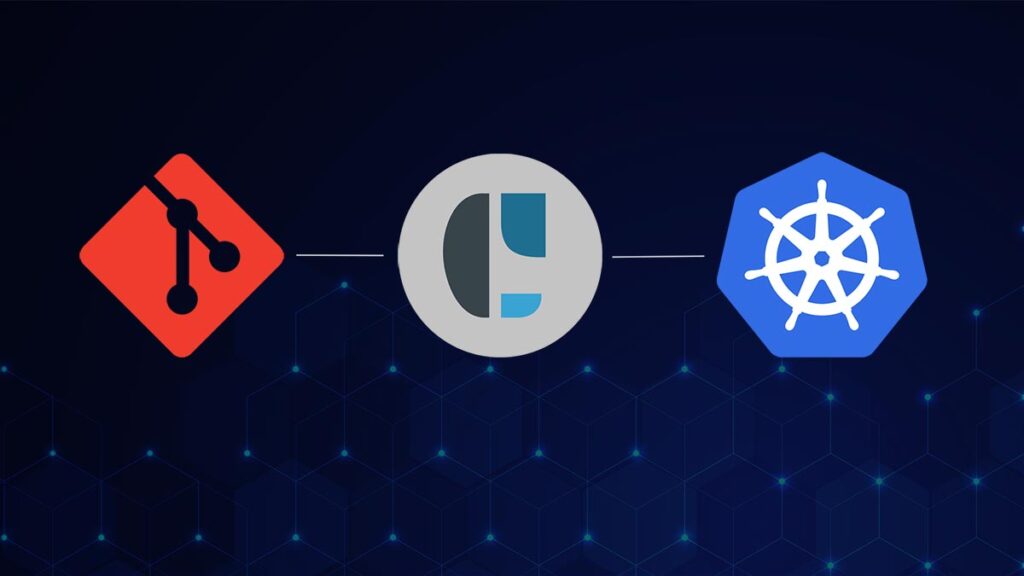Introduction
In today’s fast-paced environment, engineering teams aim to deliver quality software rapidly. While traditional methods like continuous integration and continuous delivery speed up development, they lack safeguards for smooth deployment.
Enter progressive delivery which combines the benefits of continuous delivery with controlled feature rollouts. This article explores progressive delivery, its advantages over traditional methods, and practical implementation techniques, emphasizing the importance of observability.
What is Progressive Delivery?
Progressive delivery allows organizations to deploy new features incrementally, validating changes with a subset of users before a full-scale release. This approach, seen as a safer way to pursue CI/CD, employs feature flags for controlled deployment, focusing on feature management, gradual rollouts, and targeted testing.
Progressive Delivery vs Continuous Delivery, and Continuous Deployment
Continuous Delivery: Builds from continuous integration are delivered to different environments but with manual intervention. Manual testing and tester approval control the release velocity.
Continuous Deployment: New code is posted to the production environment automatically once it meets baseline performance standards.
Progressive Delivery: Builds upon continuous deployment, implementing feature flags to separate deployment from release. It deploys code automatically but releases gradually, allowing teams to monitor performance, gather metrics, and make data-driven decisions.
Progressive Delivery Benefits
Increased Agility and Efficiency
Progressive delivery increases agility and efficiency by releasing features incrementally, allowing teams to promptly address issues and accelerate time-to-market. Identifying bottlenecks and performance issues early reduces the need for costly rollbacks.
Selective Deployment
Organizations can selectively deploy new features to gather valuable feedback and refine offerings before a broader release. This approach facilitates frequent releases of experimental features to specific user groups, promoting iteration and refinement based on user feedback.

Faster Feedback Loops
Progressive delivery tightens feedback loops by collecting and acting upon user feedback more efficiently. Product managers can release features to a subset of users during a beta trial, gather feedback, and make iterative changes before a full-scale release, enhancing product retention and user satisfaction.
Decreased Release Risks
Testing features with a small subset of users significantly reduces the risk of major feature rollbacks. Product managers can assess performance, identify bugs, and make necessary adjustments before a full-scale release, ensuring a smoother experience for users.

Adaptation to Different Geographic Locations
Progressive delivery allows companies to deploy features selectively in specific regions, optimizing software performance and adapting to regional preferences. This localization approach helps companies gain a competitive edge in different markets.

Progressive Delivery Techniques
Progressive delivery relies on several techniques for controlled feature rollouts and effective monitoring:
Feature Flags
Granular feature rollouts, releasing to a small percentage of users before wider deployment.

Blue/Green Deployments
Maintaining two identical production environments for seamless deployment and quick rollback.

Canary Deployments:
Releasing features to a small group (canary) and monitoring performance before wider release.

A/B Testing
Comparing different versions to optimize user experiences based on predefined metrics

Observability
Monitoring and optimizing software performance in the production environment, ensuring a smooth user experience.

Considerations for Implementing Progressive Delivery
Some initial questions to think about:
- What are you trying to achieve or solve for?
- Based on your variables and existing traffic, how long will you need to get statistically significant results?
- Are your organizational culture and ways of working ready for progressive delivery: a. What is the level of collaboration between teams? b. What gaps and challenges need to be addressed?
- How mature are your existing CI/CD practices and processes mature and stable?
- How much automation you have in place for releasing code into production?
- Do you have some level of feature flag capabilities?
- Do you have production observability?
- What are your rollback mechanisms?
Learn more about the specific challenges and pitfalls of implementing A/B testing and Canary deployments in Kubernetes.
Conclusion
Progressive delivery is a smart way to release software by combining speed with caution. It brings benefits like flexibility, better user feedback, and reduced risks. Techniques like feature flags and canary deployments make it possible. But before diving in, consider your goals, team culture, and existing processes. By doing so, organizations can make software delivery smoother, adapt to different markets, and stay responsive to user needs.

CAEPE Continuous Deployment
Manage workloads on Kubernetes anywhere robustly and securely.
- Shores up security by simplifying deployment anywhere, supporting managed services, native Kubernetes, self-hosted, edge and secure airgapped deployment targets.
- Supports GitOps and provides guided, UI-driven workflows for all major progressive delivery strategies.
- Has RBAC built-in, providing inherent enterprise access control for who can deploy.
- Supports extended testing capabilities enabling your team to run different tests quickly and easily.



